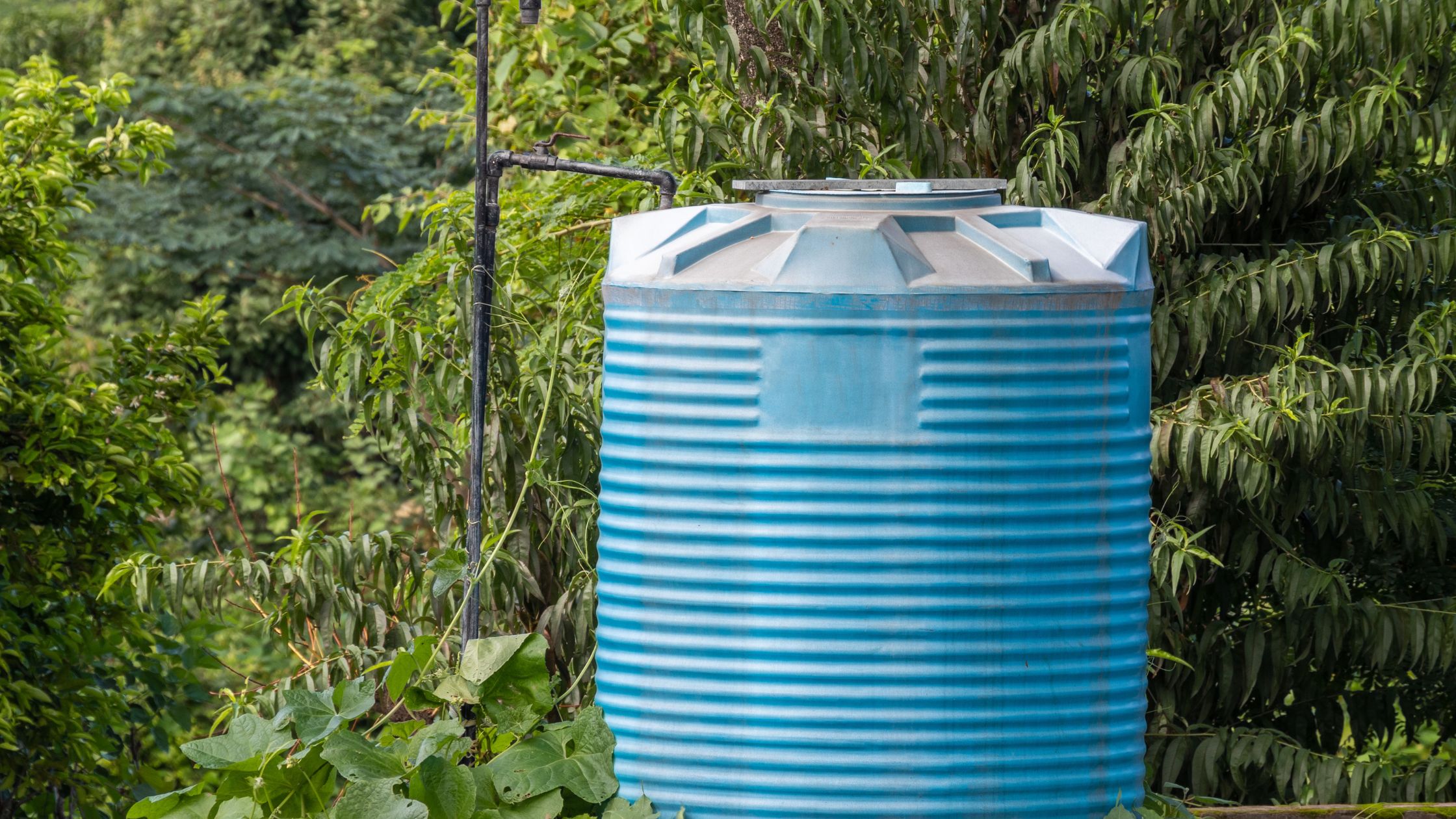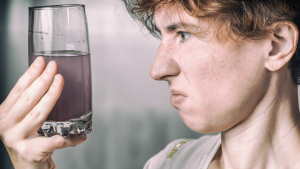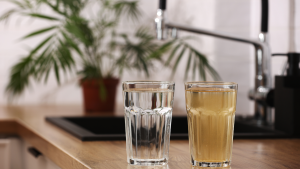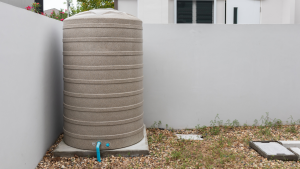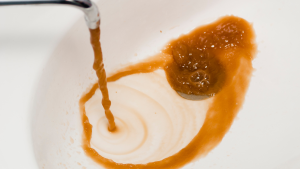Cleaning a water tank on a regular basis is a must do task. You can clean your water tank with the help of a professional water tank cleaner or you can apply DIY techniques. There are some pros and cons of applying DIY techniques.
Let’s have a look at the Pros and Cons of DIY Cleaning-
Pros of DIY Cleaning:
- Money saving: One of the advantages of DIY cleaning is that by this way you can save money. Hiring professional water tank cleaning service can be costly. By doing this on your own, you can clean your tank on a budget and can still maintain a clean water tank.
- Flexibility or Convenience: When you are cleaning the tank by yourself it is in your hand when you want to fulfill the task. You can choose the time according to your preference. You can fix the time according to your schedule.
- Control: You can have full control over your job how you want to conduct the task and maintain the standard.
- Sense of Accomplishment: Cleaning the tank by yourself not only saves money but also gives you a feeling of satisfaction. When you do your work by yourself it gives you a feeling of happiness and a sense of accomplishment. It will be a new experience for you also. Once you have done it you will feel confident.
Cons of DIY Cleaning:
- Time consuming : Cleaning a water tank is a big task. It takes a long time if you are doing this on your own. But if you are taking help from a professional it will save a lot of time and you don’t need to do the hard work.
- Limited Equipment: As at home we can not have all the necessary tools which are needed to clean a water tank properly. It is hard to reach all the corners of a tank without the right equipment and it becomes a challenge. As a result some areas will be overlooked and uncleaned.
- Physical effort: Cleaning a water tank demands a lot of physical effort. You have to work so hard to clean your tank. It involves scrubbing and maneuvering also. So, It’s physically tiring.
- Technical Knowledge : As nonprofessional we do not have the knowledge that is required for the cleaning process. We do not know the techniques. So, it will be hard for us to clean the water tank thoroughly.
- Risk of Contamination : If the tank is not cleaned properly there can be continuation which can decrease water quality and increase health risk.
- Risk of Damage: Improper cleaning techniques can damage the water tank or water system. Without the knowledge of cleaning and understanding there is a high chance that you can make a mistake and damage the tank. It can lead to costly replacement or repair. That’s why it is good to take a professional guideline that can assure the long lifespan of your water tank.
Here are some safety tips for you which can help you for DIY cleaning:
- Turn Off Water Supply: When you are going to clean the water tank make sure you turn off the water supply before you start the cleaning process.
- Drain the Tank: Make the tank fully empty to clean the walls and bottom of the tank efficiently and effectively.
- Ventilation: If you are using any kind of chemicals make sure that the area is well- ventilated to avoid any sudden risk.
- Wear Protective clothes: Don’t forget to wear safety gloves, masks, goggles to protect yourself from the dirt, bacteria, algae and harmful debris.
- Use Safe Cleaning Agents: Try to use non- toxic and biodegradable cleansing agents to avoid contaminating the water and health risk.
- Scrub and rinse thoroughly: Do not wash it by hand. Use a brush scrubbing the walls to remove all debris and all the cleaning agents. Rinse the tank thoroughly after cleaning and make sure no residue is left inside the tank after washing it.
- Check for Damages: Notice if there are any signs of leaks, or rust and damage in the tank. And also be careful while cleaning that you do not make any damage to the tank. It can lead to a costly repair or replacement.
- Disinfect: After cleaning the water tank, use a safe disinfectant to assure that the tank is free from harmful properties.
- Dry: After cleaning let the tank be air dry before you refill it.
- Refill Safely: Once the tank is dry, refill the tank with water from a safe source.
- Regular Maintenance: Clean your tank on a regular basis to prevent any buildup and get safe and healthy water. It will also give your tank a long lifespan.
These are some pros, cons and tips for DIY cleaning. Remember all these things while you are cleaning your water tank next time. Hope it will help you.

